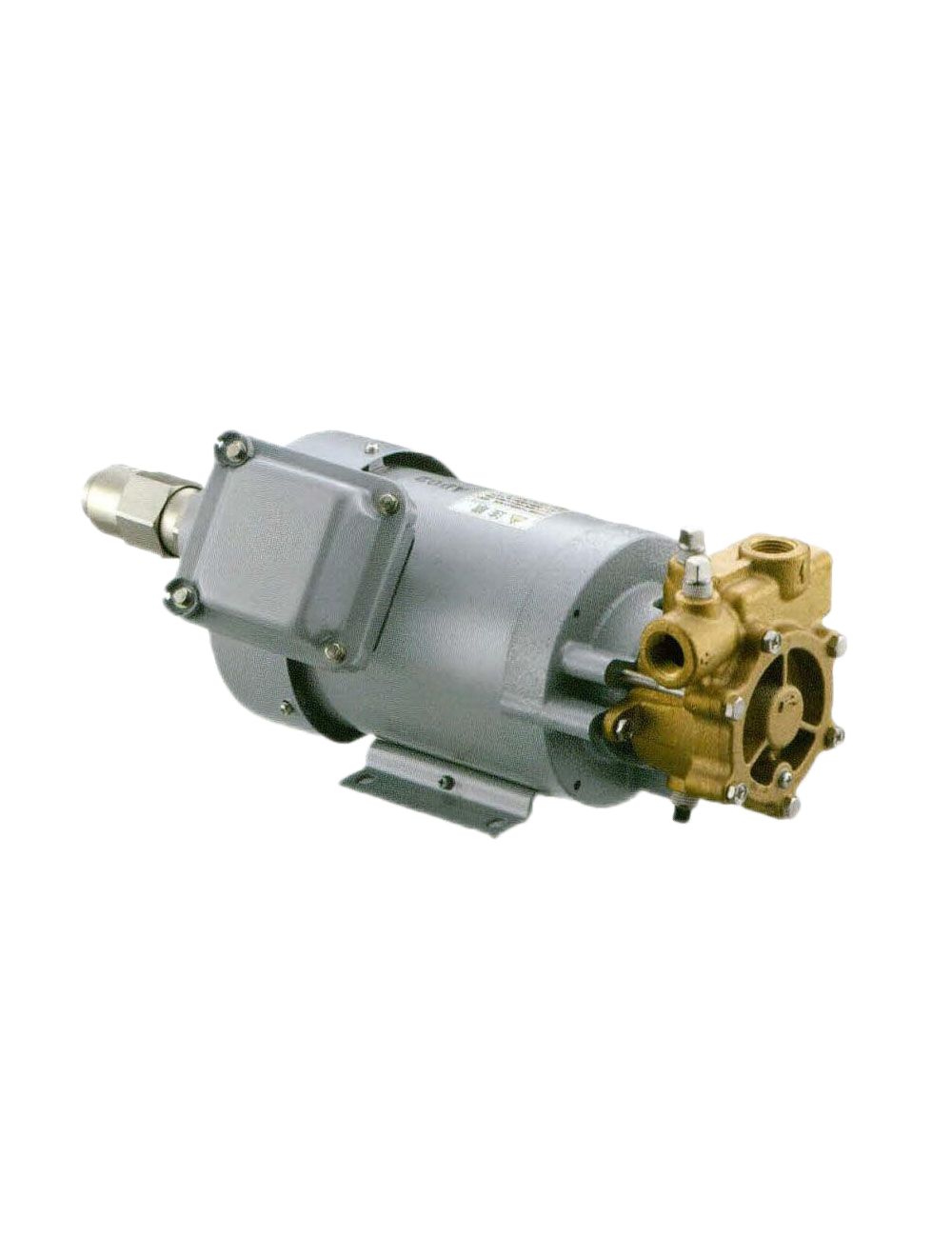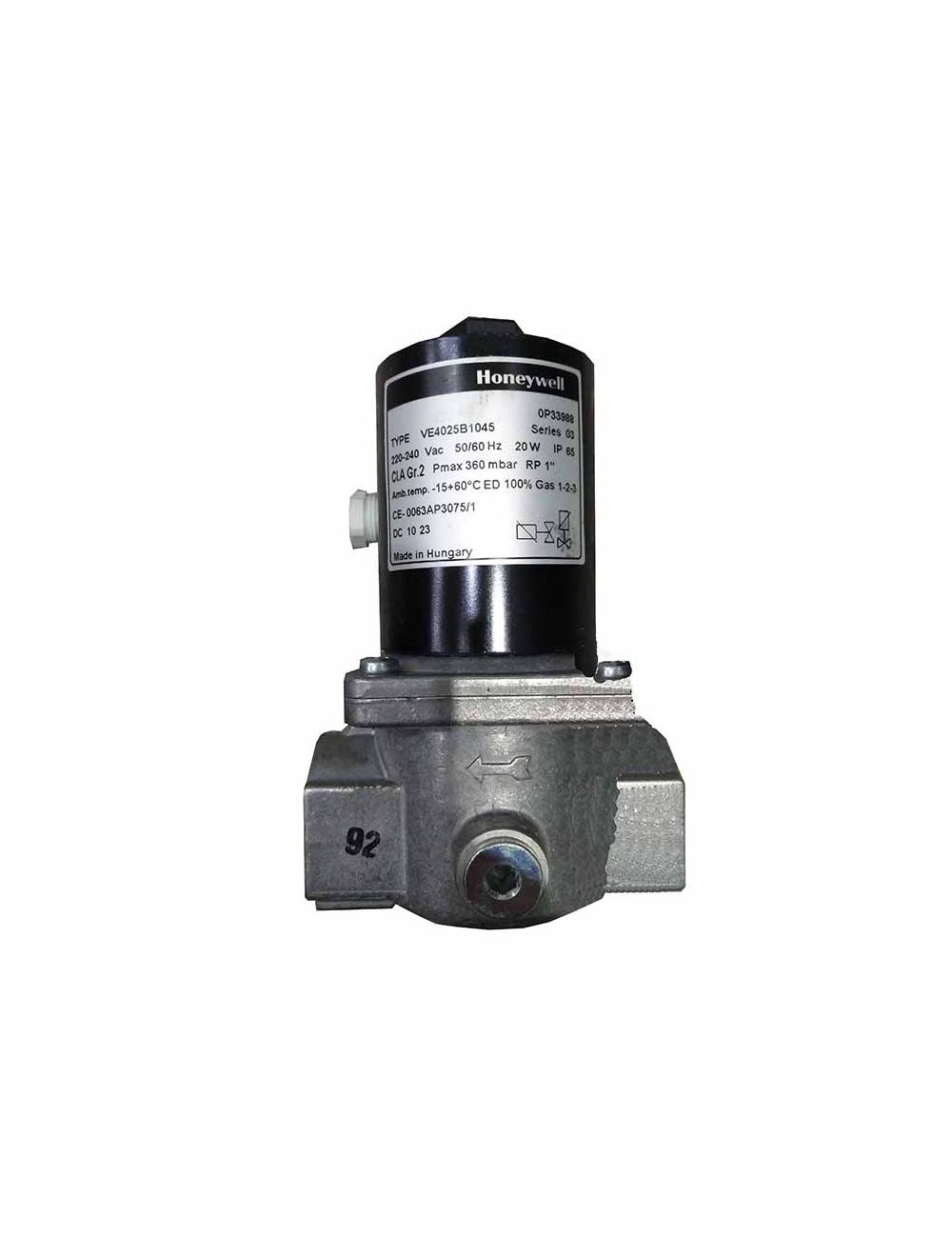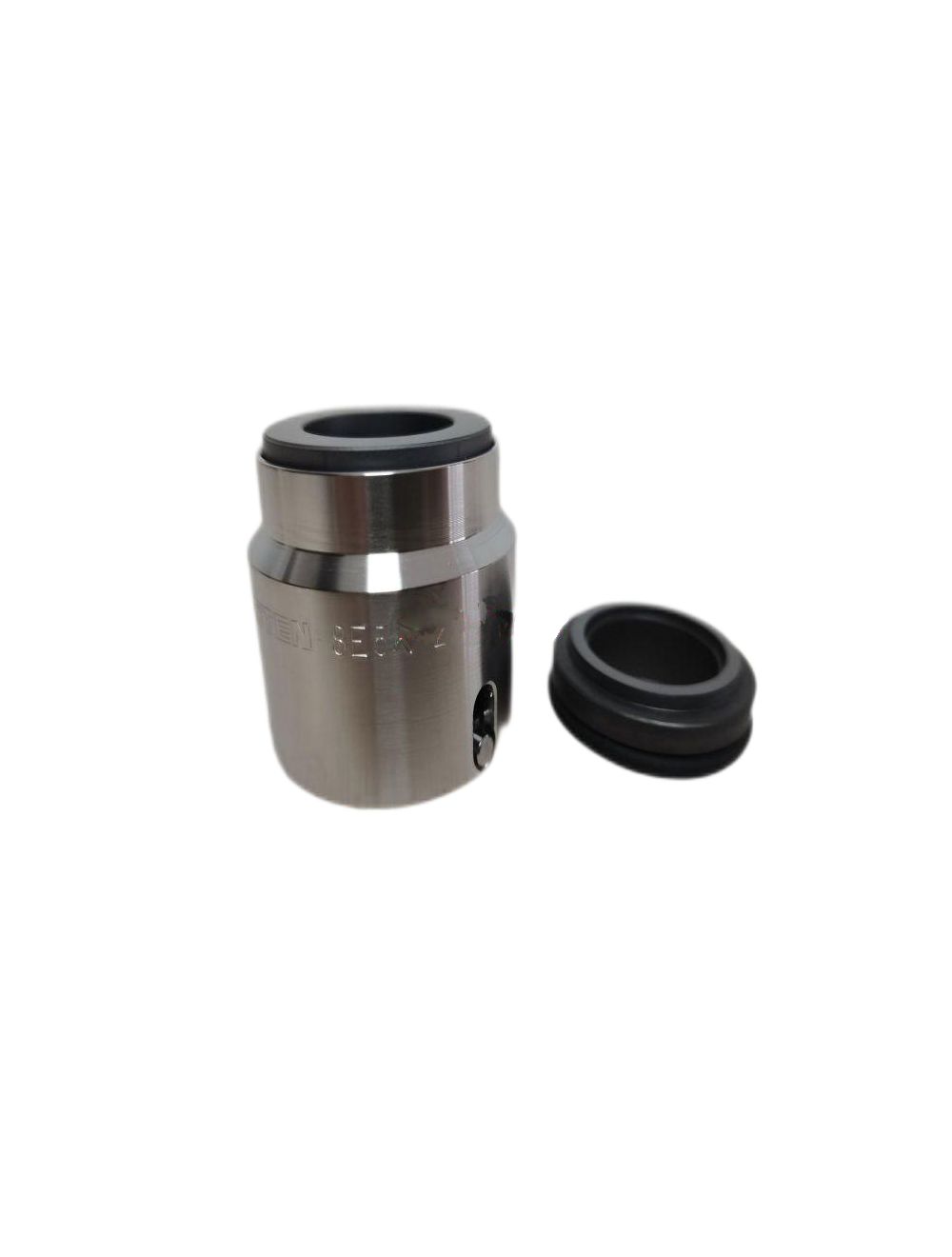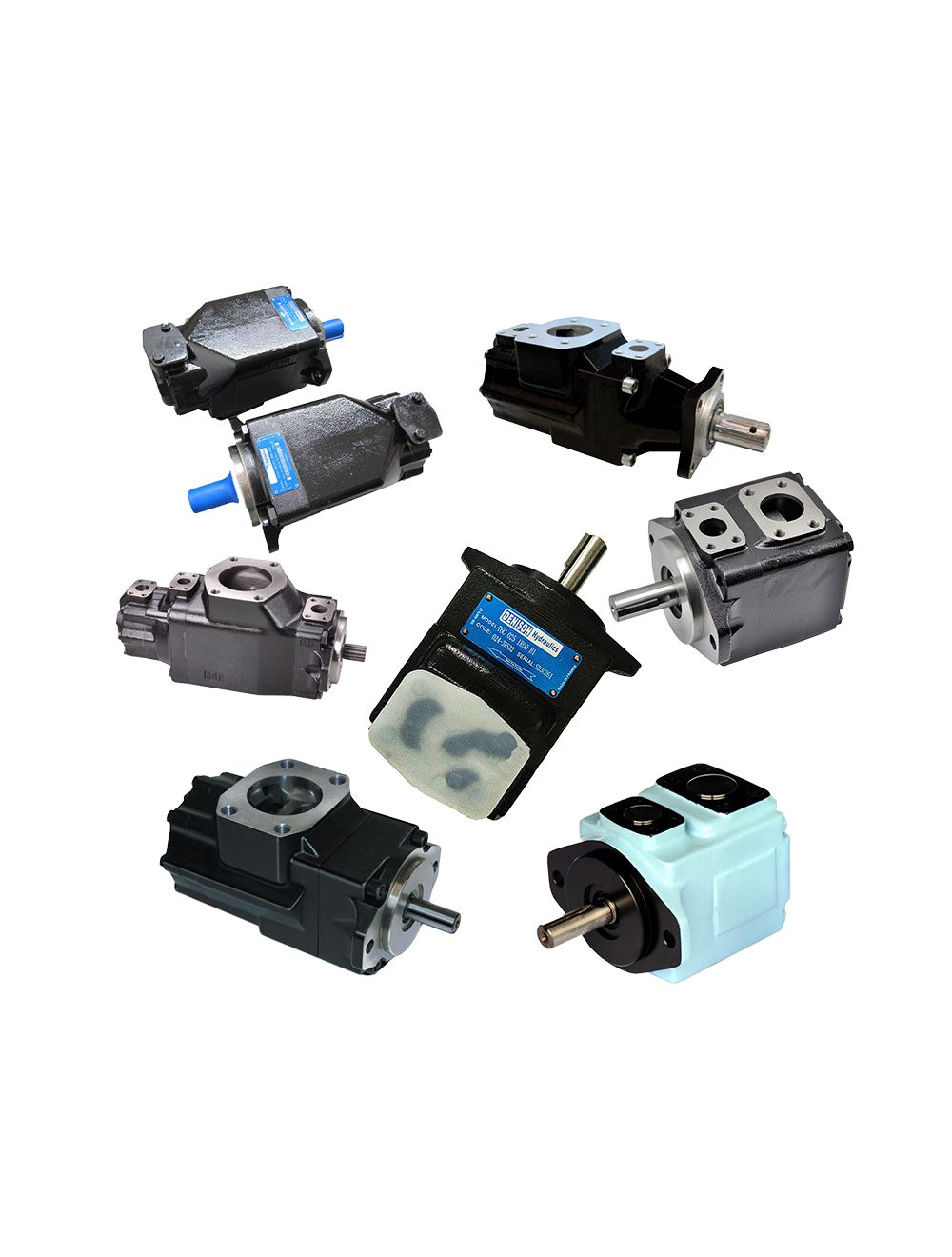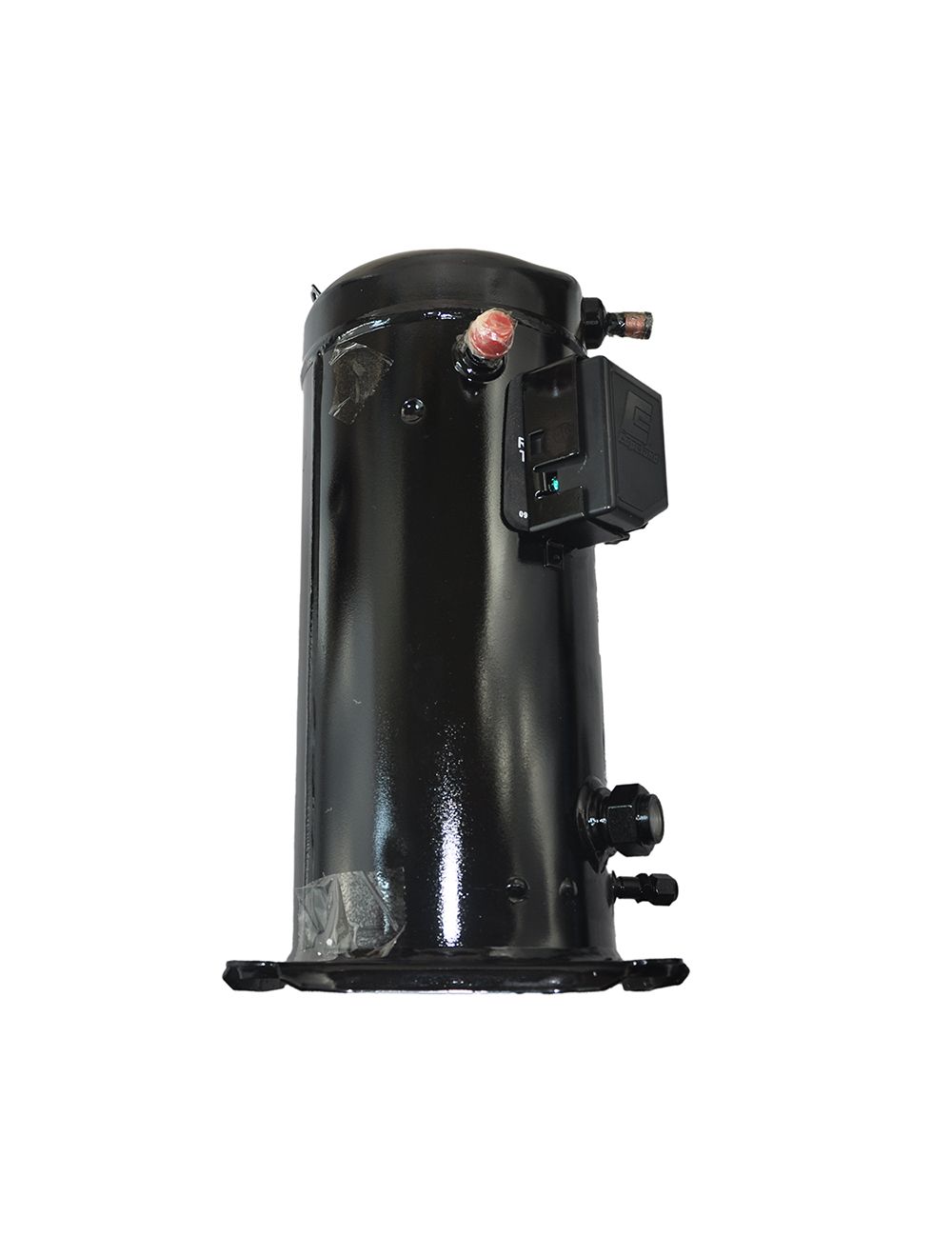Selection and comparison of compressors
Common compressor types:
1. Piston compressor (the work of the piston compressor is the continuous change of the working volume formed by the cylinder, the valve and the reciprocating piston in the cylinder).
2. Screw compressor (screw compressor is a positive displacement gas compression machine whose working volume rotates).
3. Centrifugal compressor (the centrifugal compressor is also called "Kuo Ye compressor", which is a multi-stage type, which can make the gas obtain higher pressure, larger processing capacity and higher efficiency).
4. Linear compressor (compressor that uses rotary motor to bring energy).
At present, the well-known compressor brands on the market include Emerson Copeland, Panasonic, Toshiba, Danfoss, Hitachi and so on. How are they different from common brands?
1. Inverter compressors have more inverter controllers than ordinary compressors. The often said inverter (ordinary compressors are only voltage regulator circuits and cannot be used in inverter air conditioners. The reason is that ordinary compressors are designed At that time, its working voltage and current are basically in a fixed range, and the inverter air conditioner works in a very large range, so if the inverter air conditioner uses a fixed frequency compressor, the compressor will definitely be burned.).
2. The inverter compressor drive motor has a small starting current and will not cause a big impact on the power grid.
3. The traditional air conditioner compressor relies on its constant "on and off" to adjust the indoor temperature, while the inverter air conditioner relies on the speed of the air conditioner compressor to achieve the purpose of controlling the room temperature (the fixed frequency is composed of two windings (start winding, running Winding), a starting capacitor is needed when starting. The inverter compressor does not need a starting capacitor, which is similar to a three-phase motor with three windings inside).
4. Traditional air-conditioning compressors are likely to cause the room temperature to be hot and cold between on and off. Inverter air conditioners have small room temperature fluctuations and greatly improve comfort.
5. The inverter air conditioner increases the heating capacity at low temperatures by increasing the working frequency of the air conditioner compressor. The maximum heating capacity can reach 1.5 times that of similar air conditioners, and it can still maintain a good heating effect at low temperatures.
A brief introduction to the leading brand, Copeland Compressor.
Copeland compressor

Copeland compressor
Emerson Copeland compressors are widely used in refrigeration and air conditioning (high temperature, medium temperature and low temperature applications); the compressor is equipped with an electronic protection module and uses a PTC sensor to adjust the motor temperature.
Copeland Compressor first proposed the jet enthalpy increase technology, using two-stage throttling intermediate jet technology to separate the gas from the flash evaporator to achieve the enthalpy increase effect. It uses air-jet mixed cooling while compressing at medium and low pressure, and then compresses normally at high pressure to increase the displacement of the Copeland compressor and achieve the purpose of improving heating capacity in a low temperature environment.
The average cooling energy efficiency ratio of all models is 3.58, the average heating energy efficiency ratio of all models is 4.32, and the average cooling and heating energy efficiency ratio of all models is 3.95, which is the highest level in the industry. This is because of the adoption of technologies such as jet enthalpy increase system, high-efficiency heat exchanger technology, high-efficiency fan motor, and optimized wind hood design. In cooling and heating, the operating cost of Copeland compressor is greatly reduced.
In many cases. There are many parts of the high and low temperature machine that are the same, but the parts are different, mainly considering the life of the material at low temperature, the expansion coefficient, the working environment temperature and so on.
How to distinguish the high and low temperature of Copeland compressor?
The simplest method is to use the refrigerant marked on the compressor. R22 is generally high temperature, and R404A/R502 is generally low temperature. The maintenance of Copeland compressors is essential to extend the life of the compressor. The service life of the compressor is closely related to the power supply voltage, the number of starts, and the operating environment. When considering the difference between the high and low temperature of Copeland compressors, the materials used for the suction and exhaust valve discs should be considered.
All Copeland semi-hermetic compressors are equipped with oil filter, oil filling hole, exhaust and suction stop valve with pressure gauge interface, suction filter and oil sight glass.
The advantages of Copeland compressors have the following points: high volumetric efficiency; high insulation efficiency; low noise; low vibration of the whole machine; solid cast iron body provides large heat dissipation area to improve the cooling effect of the compressor, and it is made of light aluminum The piston reduces friction and vibration, and has a -+ sophisticated electronic protective film block, which can provide comprehensive motor protection. Good reputation, longer life than ordinary compressors, higher cost performance, stable performance, etc.

